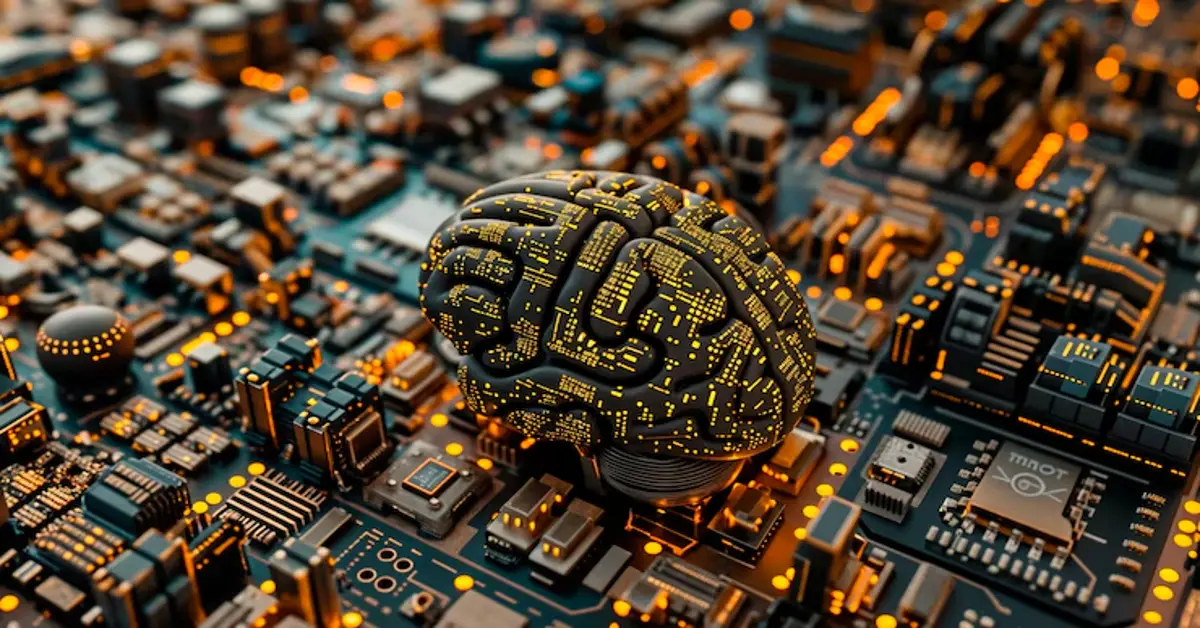In the landscape of evolving digital frameworks and conceptual systems, few ideas have generated the intrigue and intellectual stir that the term Calamariere has begun to elicit in 2025. With roots in abstract system design, applied knowledge architecture, and emergent AI behaviors, it has quietly grown into a foundational logic structure explored by technologists, philosophers, and enterprise strategists alike.
But what is Calamariere? Is it a software model, a framework, or something else entirely? This article takes a deep, structured look into the rise of Calamariere—what it represents, where it is applied, and why it might matter more than we realize.
What Is Calamariere?
Calamariere is not a product or tool, but rather an informational construct and modular logic system designed to create coherence across abstracted knowledge planes. In simpler terms, it’s a framework for organizing complex, often nonlinear data into formats that are readable, actionable, and recursive within both human and machine learning systems.
It incorporates components of:
- Systems theory
- Modular computing logic
- Semantic layering
- AI-interpretable structures
- Abstract data governance
Though it sounds esoteric, it is increasingly being used in sectors that manage massive datasets with inconsistent relational logic—think national intelligence, neural AI training centers, climate modeling, and conceptual UX/UI design in spatial environments.
READ MORE: IN0410 KBJ: Exploring the Depth and Meaning of a Technical Identifier
The Philosophical Core
It’s intellectual DNA is steeped in the principle of dynamic interconnected meaning. Unlike linear taxonomies, it assumes that knowledge, actions, and meaning emerge dynamically from the way parts of a system relate over time. Thus, it treats context as code—fluid, generative, and recursive.
Practical Applications in 2025
While still early in adoption, it is emerging in the following domains:
1. Cognitive UX Design
Human-computer interfaces, especially in augmented and spatial computing, are applying Calamariere to organize sensory data with conceptual meaning in real time.
2. AI Governance Structures
It provides a framework for policy learning and interpretability in AI systems—particularly those trained on abstract moral, ethical, or sociopolitical datasets.
3. Digital Ethics and Media Literacy
Organizations combatting misinformation are exploring it to trace conceptual fallacies and build narrative integrity layers across digital content.
4. Environmental Modeling
Climate simulation platforms integrate it for recursive model layering, making their outputs more transparent and cross-verifiable.
5. Enterprise Knowledge Management
Multinational companies use it to unify overlapping knowledge assets into a logical ecosystem that evolves with business operations.
Core Components of the Calamariere Framework
• Semantic Constellations
Clusters of meaning encoded not by rigid category, but by relationship and function in dynamic state systems.
• Recursive Integrity Loops
Feedback mechanisms that check internal consistency of logic models over time, across systems and platforms.
• Contextual Primacy Layers
Organizational logic that prioritizes context over content—allowing meaning to shift responsibly with usage.
• Modular Transfer Structures
Allowing knowledge systems to be replicated or ported across infrastructures without corruption of logic fidelity.
Why It Matters
The internet, AI, and data systems have all exploded faster than our capacity to structurally understand them. It doesn’t offer a fix-all, but it does offer a framework for understanding systemic chaos—an architecture that resists oversimplification while enabling action.
For AI, this is particularly important. Current models like GPT, while powerful, struggle with coherence in systems of emergent abstraction. It offers a supplemental framework that can evolve alongside large language models and contextual engines.
READ MORE: 23 Azo: A Comprehensive Look at a Rising Digital Reference in 2025
Adoption Challenges
– Abstract Learning Curve
Calamariere is not plug-and-play. It requires retraining of teams in logic design and systems thinking.
– Infrastructure Translation
Older systems are built on rigid data flows; adopting it may require retrofitting or total reimagining.
– Governance Complexity
Who defines the relationships that underpin semantic constellations? These are not just technical decisions—they are political, ethical, and cultural.
The Future of Calamariere
By 2026, we expect Calamariere-inspired architectures to feature in:
- LLM augmentation models for semantic awareness
- Government data fusion frameworks
- Transdisciplinary research platforms
Open documentation efforts and public modeling environments are also under development to democratize the concept beyond academic and defense applications.
Final Reflection
Calamariere is a challenge to reductionism. In a digital age ruled by surface-level metrics and binary logic, it insists on deeper coherence, contextual nuance, and dynamic meaning. It might not be mainstream yet, but as systems get smarter and more interdependent, frameworks like Calamariere could be what ensures they also get wiser.
FAQs
1. Is Calamariere a type of software?
No. It is a framework and logic model used to organize complex knowledge systems.
2. Can Calamariere be used in AI training?
Yes, especially for abstract learning models that require context-based reasoning or value-sensitive logic.
3. Is there a public version of Calamariere available?
Not yet. However, open-access adaptations and modeling environments are being piloted in academic institutions.
4. What skills are needed to work with Calamariere?
Systems thinking, conceptual modeling, semantic logic, and experience with modular or federated data systems.
5. How is Calamariere different from traditional data frameworks?
It prioritizes dynamic meaning, context-based organization, and recursive logic rather than linear taxonomy or static structure.









